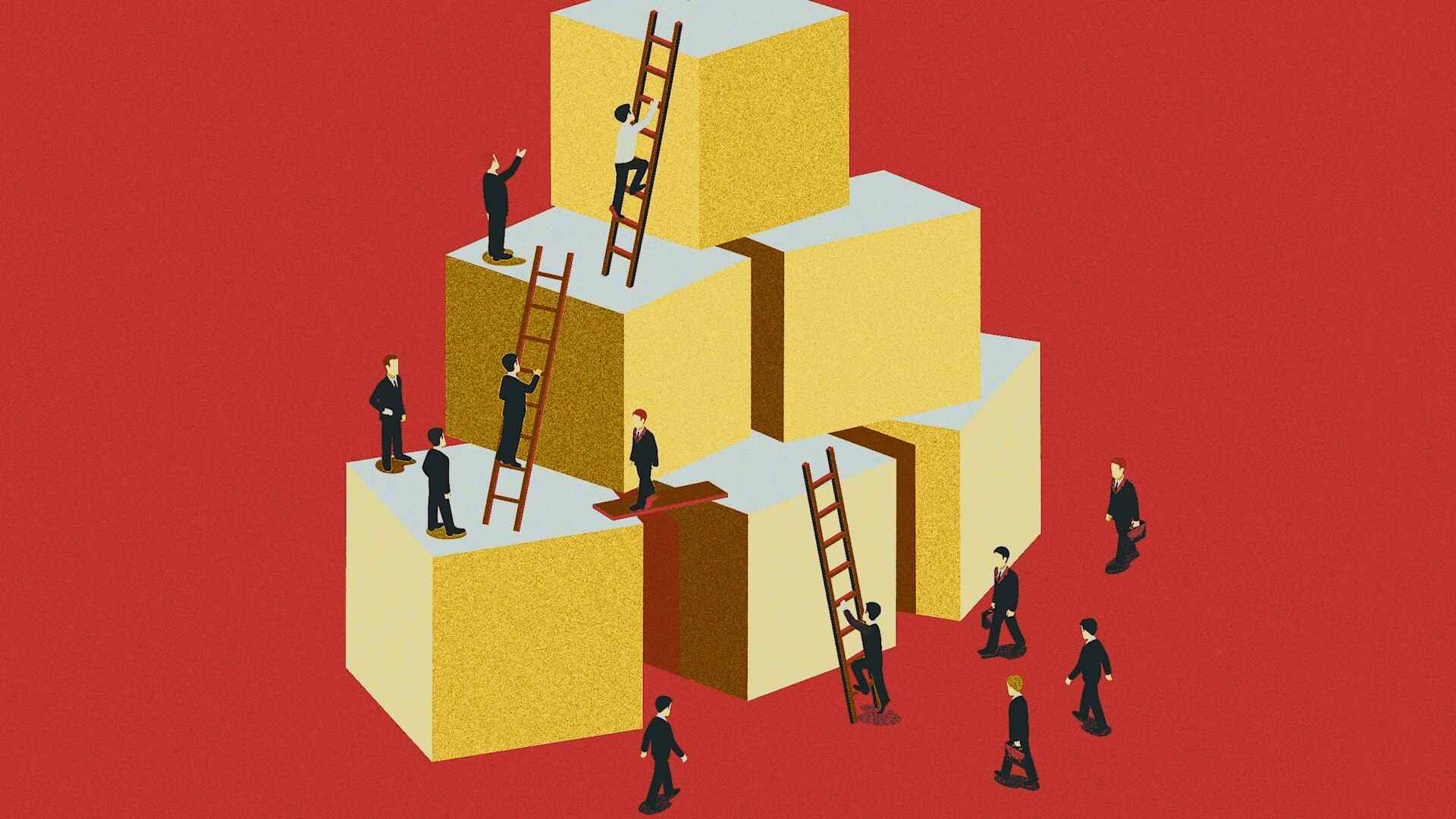- | 12:00 pm
Hybrid work is here to stay. Here are 13 things to consider when creating a new work culture
Workers’ values have evolved and leaders need to catch up.

After years of work from home (WFH) and return to office (RTO) debates, leaders are still adjusting.
Managers continue to pressure their staff to return to the office. Many interpret this as a power grab—CEOs needing to feel in control, to create an uptick of productivity, or to develop a semblance of normalcy because “this is how it’s always been done.”
I believe this tension is because leaders can’t visualize how new approaches will work effectively and are struggling to adapt and cocreate a vision that aligns with how their business needs to change. In short: Workers’ values have evolved and leaders need to catch up.
Personal and professional values shifted during the pandemic, and we have all witnessed the negative response to old norms. When a CEO suggests that a return to office is the only option, we’ve seen knee-jerk reactions from employees including quitting, fostering dissent, and generally feeling aggrieved and unmotivated.
Even though they were trusted to work from home productively for two pandemic-filled years, the majority of office workers have since asked: “Why go back to the old system that wasn’t productive, didn’t permit a work-life balance, or help us feel psychologically safe to do our jobs effectively?” Indeed, one survey by McKinsey found that 87% of workers choose to work remotely when given the choice.
Whether executives like it or not, workplaces around the world are crafting new work cultures. It’s going to be hybrid, flexible, remote, multi-office, or, in some cases, a full return to office. Regardless of the specifics, here are 13 things teams can do to develop a more empowered and innovative culture:
ACKNOWLEDGE CHANGES
An emotionally intelligent leadership team will acknowledge that a return to the office in a time of economic challenge and an AI revolution is scary. The faster leaders acknowledge the elephants in the room, the faster employees can tackle real issues and focus on moving forward.
ACCEPTANCE
One of the best things leaders can do is accept that the past is the past—just like horse-drawn carriages, the invention of computers, mobile phones, faxes, and modems. Former generations had to adapt. We can too. Accept that you are part of a new culture and decide to create a campaigner persona for you and your leaders to be in charge of this revolution instead of adopting a victim mindset.
RESEARCH
Ask your employees what they want. If budget is a problem, a simple Google Form will suffice to gauge what your coworkers need. They may want more training, a new system, a different communication style. Or there may be issues that need to be raised about your organization’s societal and economic impact. Data can help you invent a new culture with direction and purpose.
ALLOW FOR PREFERENCES
Filter the feedback from your coworkers and provide different options for workers to choose from. Ensure your internal communications clarify this. Whether neurotypical or neurodivergent, our histories and lived experiences mean every brain is different, so leaders need to modernize and enable everyone to work effectively and productively.
REFINE AND REDEFINE ROLES
Since the pandemic, the world has changed, which means what your team does on a daily basis may need to be reviewed. Ask yourselves how business models have evolved and map out with each leader how all individuals can adapt to reach new organizational mandates.
SUPPORT PRODUCTIVITY
Another thing that leaders can do to help establish a healthy culture is to create the conditions for everyone to do their best work. To accomplish this, survey your team on what they need from HR, IT, Finance, and their own team to be more productive.
SURVEY FOR TOXICITY
People quit when their leaders are toxic, or when they experience moral injury. It’s important to assess this regularly to avoid bullying, unethical behaviors, or anything else that may impact the collaborative spirit that is the essence of a healthy culture.
DEVELOP LEADERS
Don’t expect your leaders to know how to move forward as you develop your new culture. Huddle with them on the game plan and align on values, behaviors, and performance expectations. Coach leaders about how to best create commonality and renew camaraderie.
DEVELOP YOUR EMPLOYEES
To create a top-notch culture, help your talent to grow into their roles. This empowers your leaders to solve tomorrow’s problems. Ask employees what skills they want to develop that align with their ambitions and organizational needs.
CLIMATE READINESS
Climate changes will ultimately impact how we live our lives, how we work, where we work, and what we produce. Consider creating a task force for mental preparedness and impact readiness. This can help build a culture that is prepared for the future of work.
DEVELOP AN AI STRATEGY
Every organization needs an AI strategy to empower workers to remove barriers to innovation, collaboration, and productivity. Gather your leaders regularly to assess opportunities and threats. If necessary, let younger team members reverse mentor leaders so everyone is on the same page of technological innovation.
ASSESS RISK
Without an appropriate level of risk awareness and education, your team’s culture can crumble. For instance, cybersecurity breaches can hurt morale and reduce productivity. Embarrassment, cleanup, and blame-gaming can be avoided if everyone knows what to look out for to keep the organization and employees safe.
BRAVELY PLAN FOR THE FUTURE
As workplaces establish new cultures, one of the smartest things they can do is plan for the future. Take the temperature of employees to understand what they want out of work, to develop talent for promotion, and to prepare your team for future success.
Organizations will choose varied and blended ways to be productive and effective in this post-pandemic era. No matter what, it is an exciting time of redefining the way we work. I strongly recommend that teams courageously choose a mindset of invention and possibility over a fear-based rationale.








































